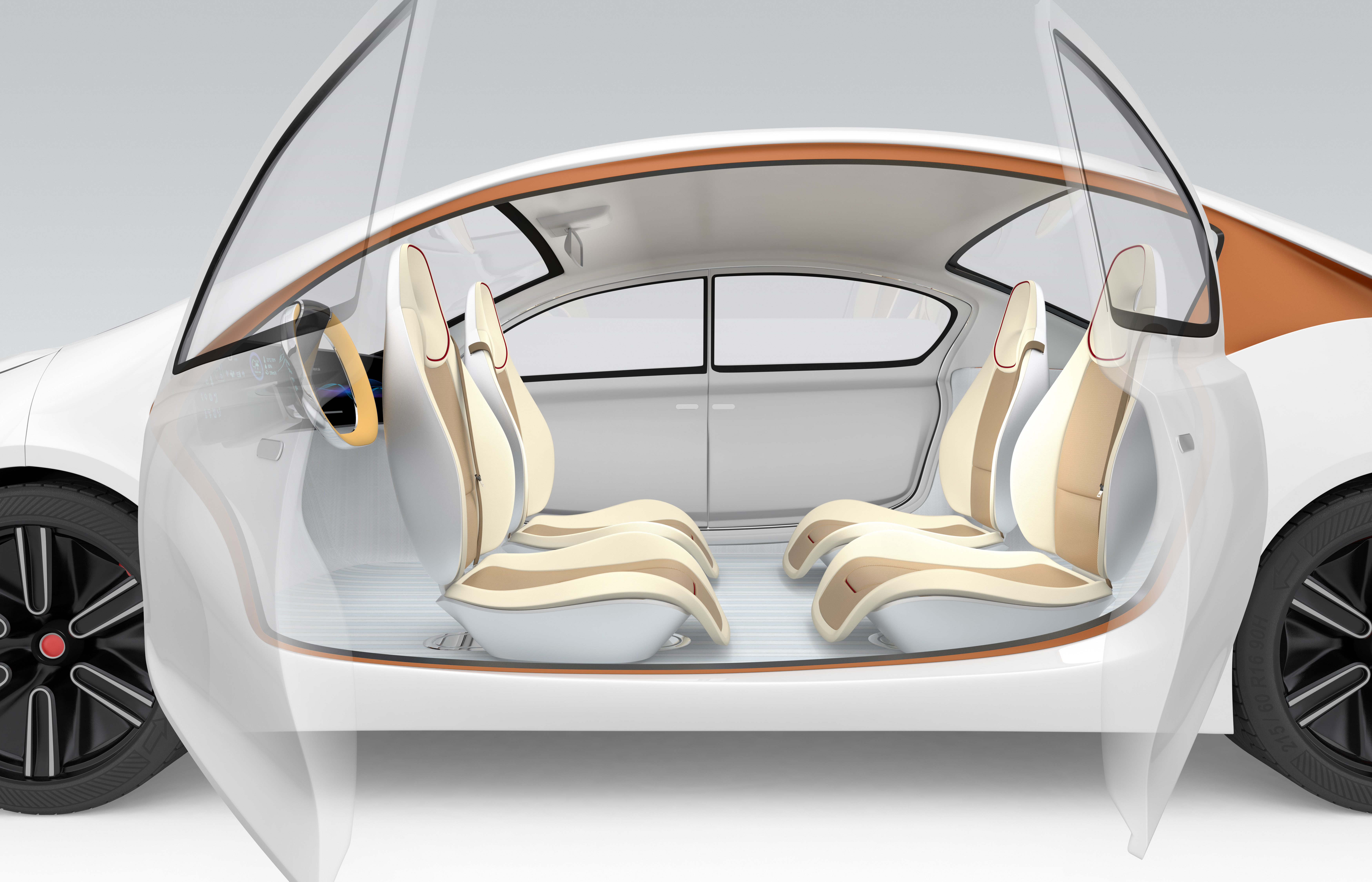
Falling asleep on the job is one thing, but fall asleep while driving a vehicle is something else entirely. News broke late last month that, while testing level 3 autonomy, Ford engineers fell asleep at the wheel.
There are two ways to look at this news:
- Ford needs to give their poor engineers a break and let them take a power nap every once in awhile, or
- if the engineers testing the autonomous vehicles are comfortable enough dozing off, well that’s a good sign!
Luckily no one was hurt, in fact, Ford denied the report, but we thought this might be a good time to explore the various levels of autonomy.
Defining Autonomy
It may come as a surprise to some that autonomy is carefully defined and broken into five escalating levels as defined by the SAE, or Society of Automotive Engineers:
Level 1 – Within this first level only the barest, most simple automation occurs. The vehicle is programmed to respond to the environment and make small changes to the acceleration / deceleration or steering. Think of it like a safety net which only kicks in when needed. Many modern vehicles have this as an option.
Level 2 – All the same above applies in this level, except the built-in system can take over both acceleration / deceleration and steering simultaneously. Sounds like a silly distinction, but it’s a significant change in programming and complexity.
Level 3 – Here’s where it gets fun. The vehicle is now capable of reading the environment and there are few expectations on the driver, though you are expected to take over in the case when it gets hairy out there.
Level 4 – This level is the goal of most vehicle manufacturers. The vehicle is now able to perform all driving functions and is programmed to, in the case the driver doesn’t respond to cues for intervention, make decisions and do what needs doing.
Level 5 – The dream, possibly one living within a pipe. Your vehicle is basically a living computer, capable of responding to not only complex situations on the road, but even responding properly to road conditions. You might as well hop in the back seat at this point.
A link to SAE’s definitions can be found here.

The Death of Level 3
Ford, in their denial of the report that their engineers fell asleep while testing, offered up an interesting bit of insider knowledge: They’re considering abandoning level 3 all together.
“We believe that high levels of automation without full autonomy capability could provide a false sense of security, and that this presents a challenge for the driver to regain full awareness and control of the vehicle if a situation arises where the technology cannot function.” they told Autoblog.
Level 3 might just be the most hazardous of the levels of autonomy and has the potential to cause the most harm, and we don’t just mean to those on the road. All it would take is one death caused by a drowsy driving relying too heavily on their autonomous vehicle to cause a national outcry.
Autonomy is still currently a ‘futuristic’ idea to the average citizen, like lightsabers and private space travel. The reality is, in fact, quite the opposite. This concept is no longer just that, but the reality for many larger cities in contained areas. The last thing these larger companies need right now is an incident, especially considering Ford just dropped a cool billion purchasing Argo Ai, a Pittsburgh-based robotics company.
I hope we’re ready for autonomy because it’s coming – quick.
- Driving with a Cracked Windshield is Dangerous! - November 28, 2019
- Common Causes of Windshield Cracks: What You Need to Know - November 20, 2019
- The Best Road Trip Snacks for Kids - November 20, 2019








